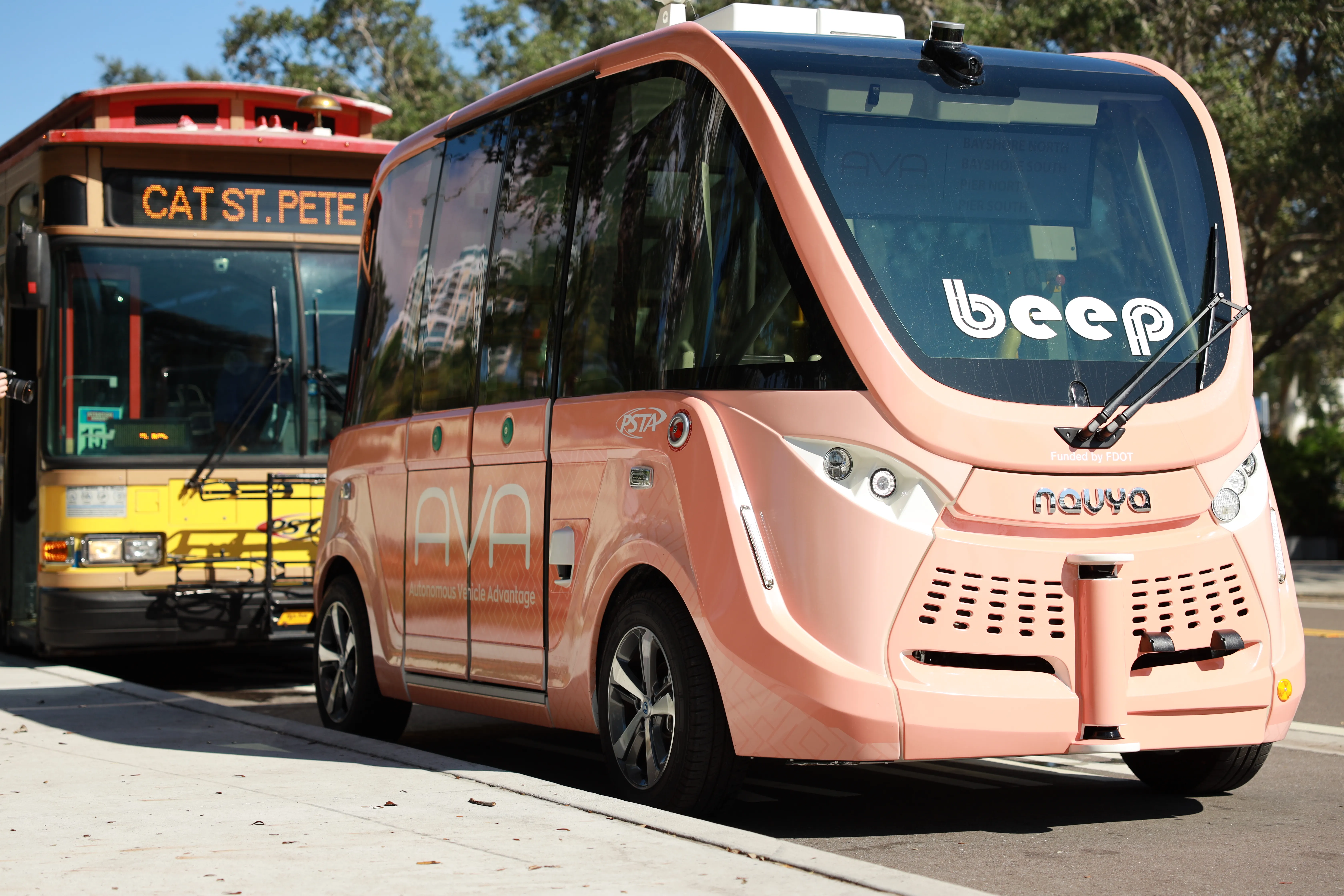The project includes six stations that will connect a consolidated rental car facility, intermodal transportation facilities, expanded airport parking and
Other partners involved in the venture include Linxs Constructors,
Hans Dekker, president of Fluor’s infrastructure business, said: “We are excited to join with LAWA on its first public-private partnership, providing a best-value technical and financial solution to extend LAX’s world-class facilities, reduce congestion and provide time-certain travel options. The selection of the Fluor team further solidifies Fluor’s industry-leading ability to successfully manage complex public-private partnership (P3) projects. The project will benefit from Fluor’s megaproject and transit expertise, including the Eagle Commuter Rail P3 project in Denver and Maryland’s Purple Line Light Rail Transit P3, and the recently awarded design-build Green Line project in Boston. We are proud to enter into a long-term partnership with Los Angeles World Airports to deliver this world-class transit link using our proven integrated life-cycle approach and experience.”
Fluor chosen for LA International Airport Automated People Mover
Fluor Corporation (Fluor) has been chosen to lead the design-build joint venture team to operate and maintain the Los Angeles International Airport (LAX) Automated People Mover project for the Los Angeles World Airports (LAWA). It aims to provide passengers and employees with reliable and time-certain access to the airline terminals with the design and construction commencing later this year. The passenger service is scheduled for 2023.
February 5, 2018
Read time: 2 mins







